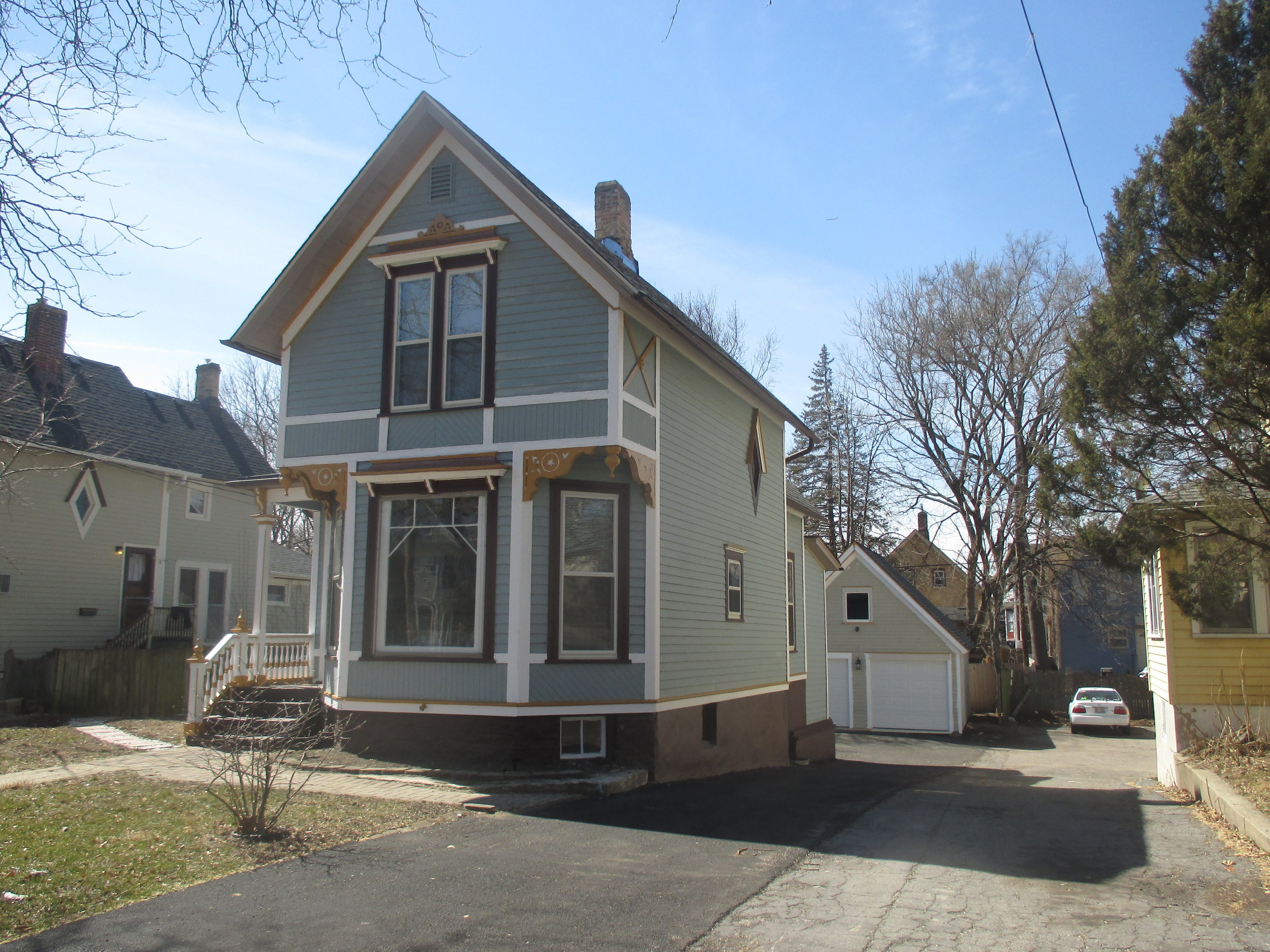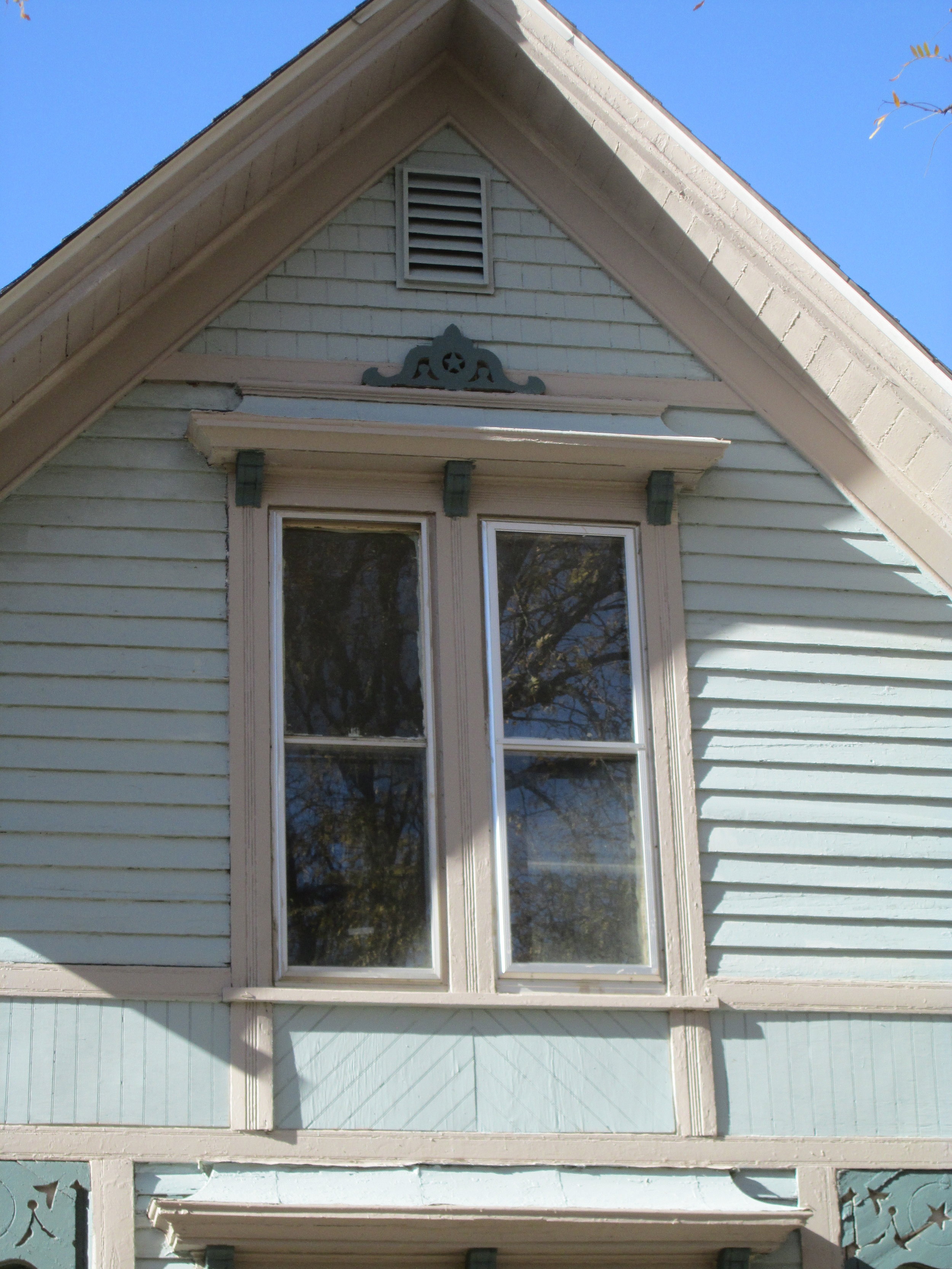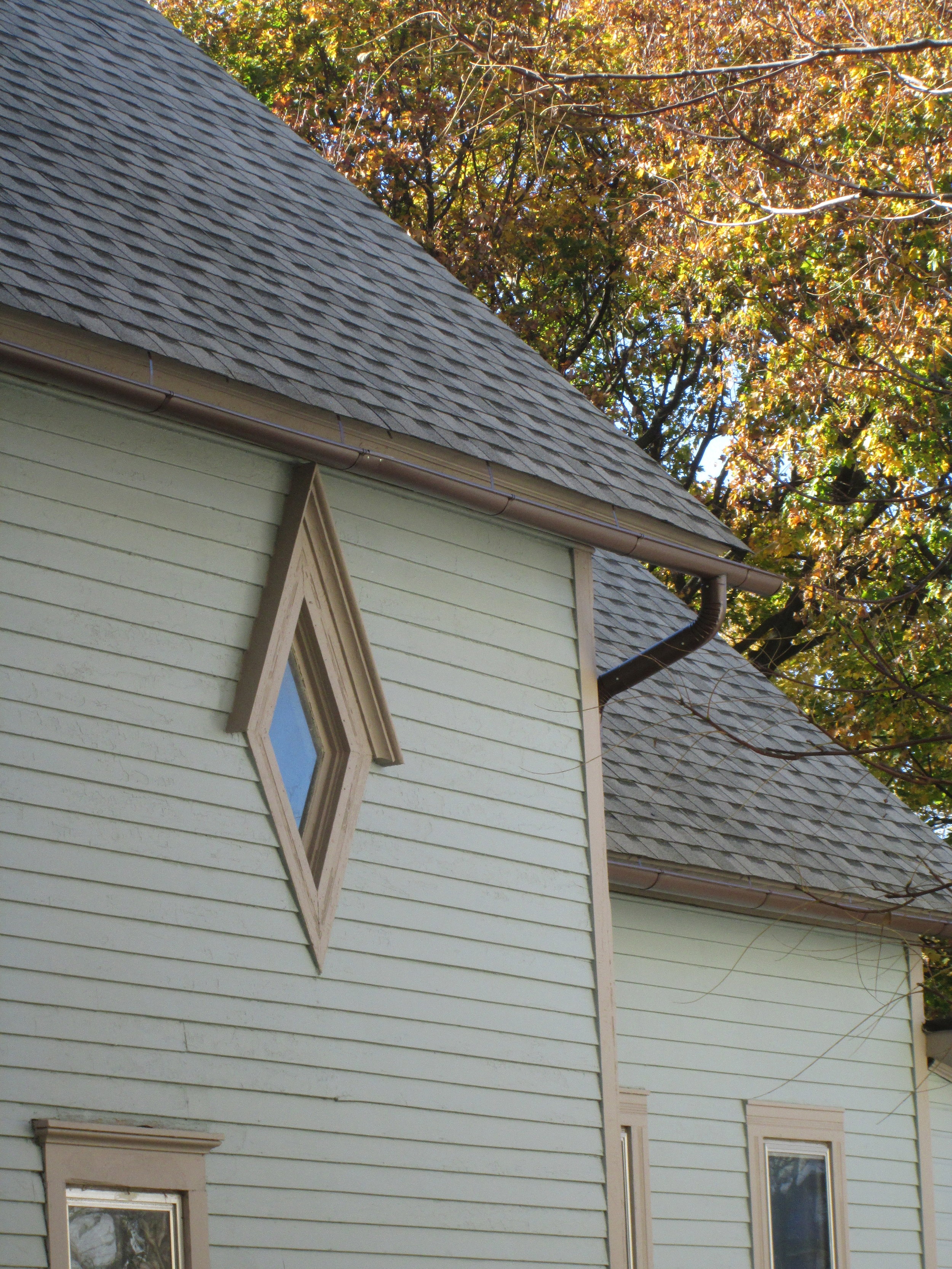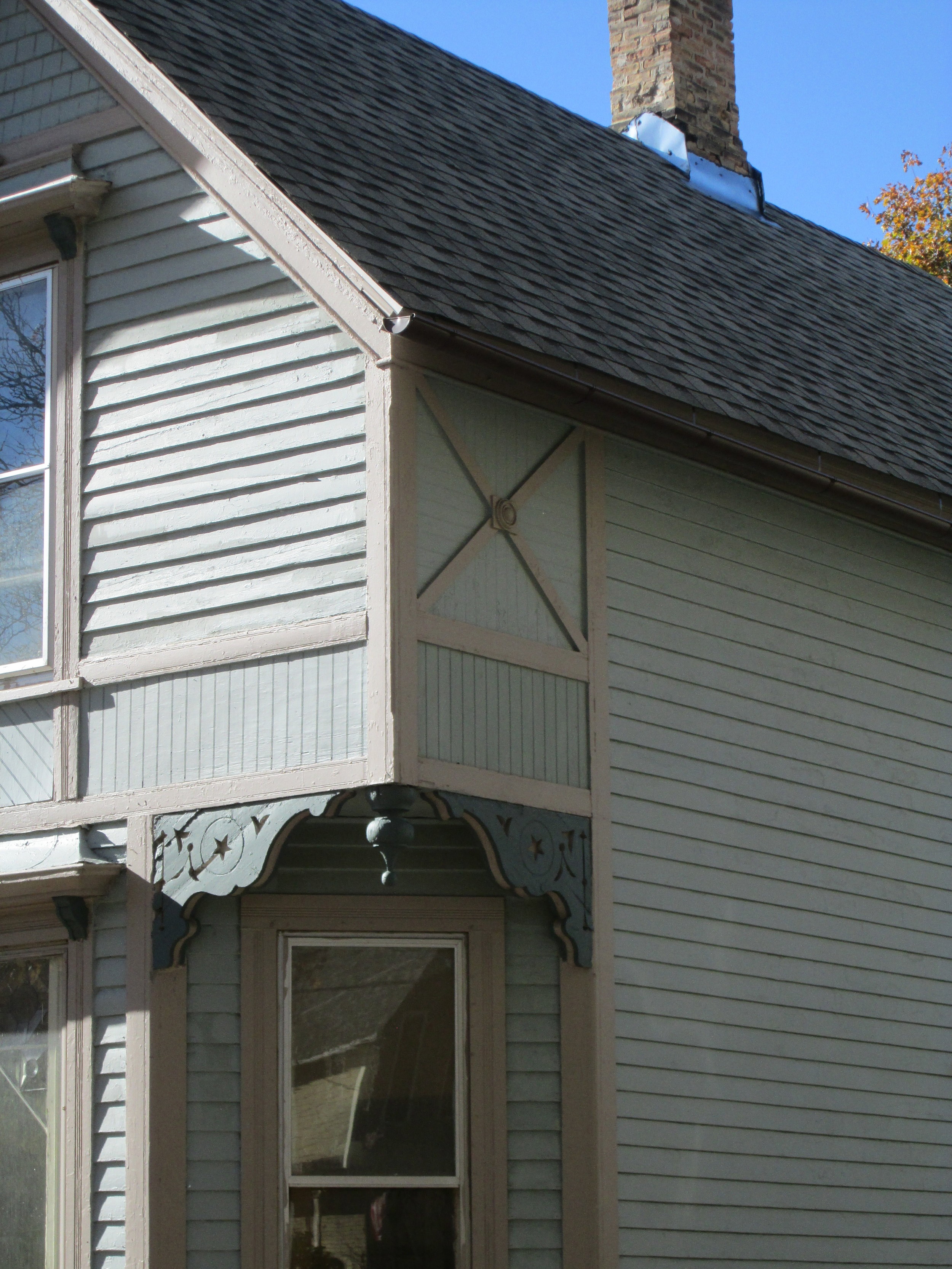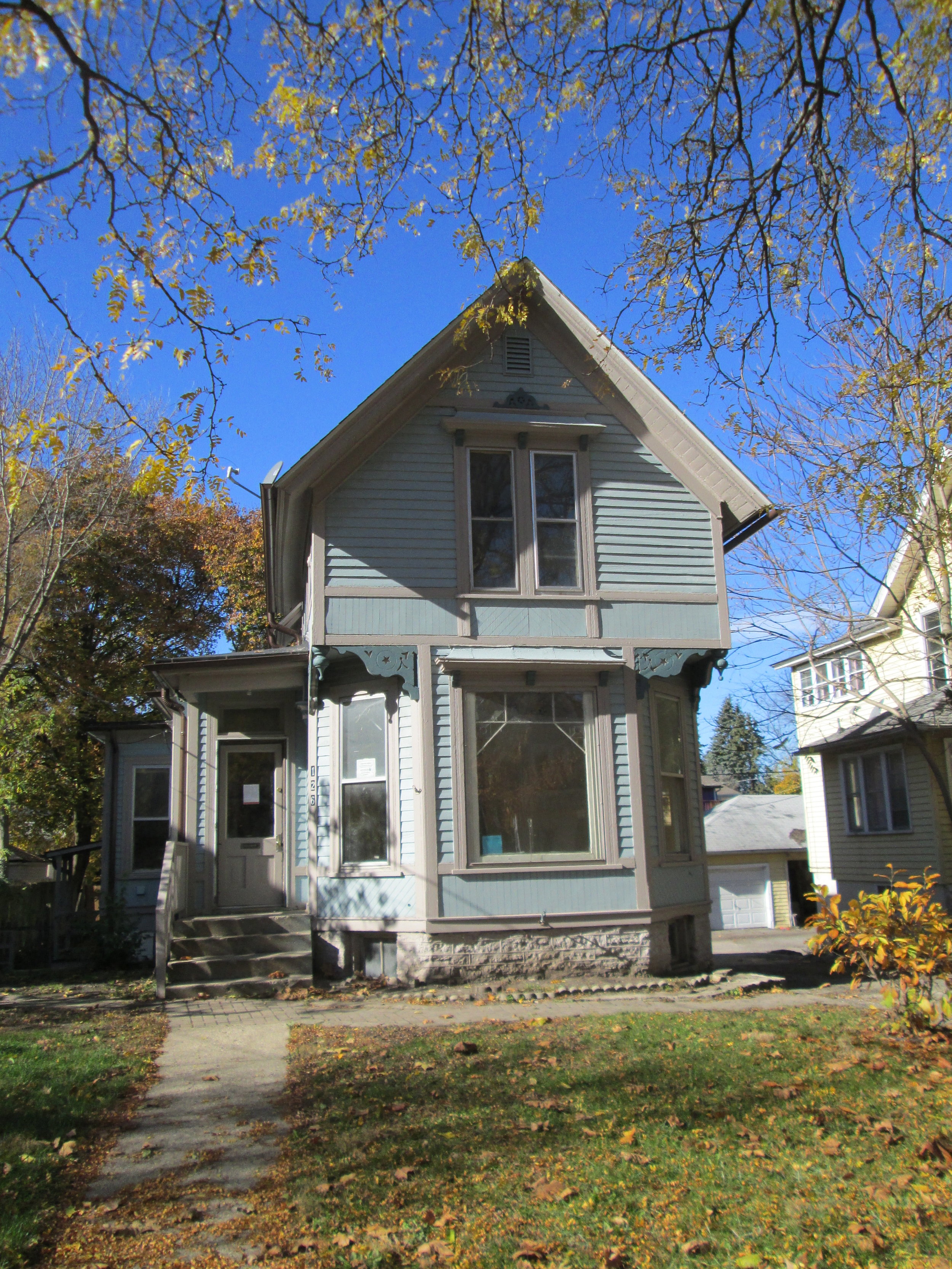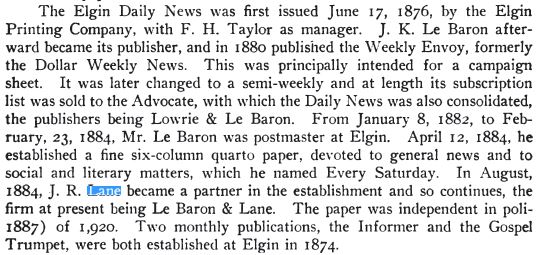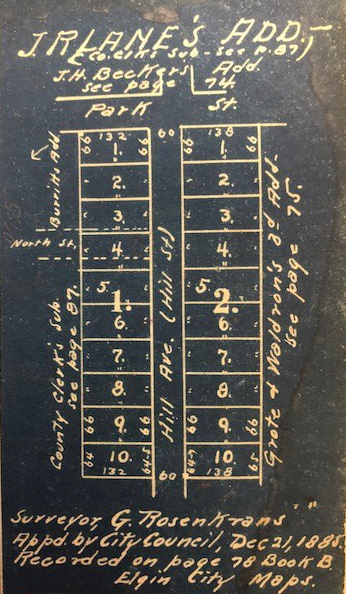126 HILL AVENUE
HISTORIC SIGNIFICANCE
126 Hill Avenue was built in 1884 for James R. Lane for $2,800. James was born in Massachusetts in 1853 and by 1880, was studying law in Elgin. He then explored real estate creating the J. R. Lane's Addition, approved by City Council on December 21, 1885, which included both sides of Hill Avenue from Park Street to Division Street.
At that time, he joined a newspaper venture with John K. LeBaron to form LeBaron and Lane. The firm's address was located at 9 Borden Block which was demolished in 1928 to build the 1929 Art Deco, Elgin Tower Building. Uniquely, Lane and LeBaron were neighbors with LeBaron owning what is now known as 132 Hill Avenue.
The newspaper was called Every Saturday from 1884-1899 and focused on six columns devoted to general news including social and literary matters. According to E. C. Alft's "Elgin: An American History," by 1900, the company merged with the Daily Courier. In addition to working with LeBaron, Lane was also the secretary and treasurer of Ruby Dry Plate Company in 1885.
James did not live at 126 Hill Avenue long as the home was quickly used for boarding purposes within the the Lane Family including his sister, Sarah S., who worked at the Elgin National Watch Factory.
ARCHITECTURAL SIGNIFICANCE
126 Hill Avenue is an example of the Stick Style. It is of the Gable Roof sub-type which is the most common in the United States. The characteristics of this style that can be found on this home include horizontal and vertical banding that is raised from the wall surface for emphasis. This is the most telling feature of the Stick Style. Other elements include the steeply pitched gable roof, the multiple patterns of wood detailing, cut away bays with decorative brackets and drop pendants, and windows with flared headers and small brackets.
Uniquely, the home is a twin to the adjacent home located at 120 Hill Avenue.
TIMELINE OF PREVIOUS OWNERS
Sources: 1986 Heritage Plaque Application; Audio: TextAloud

